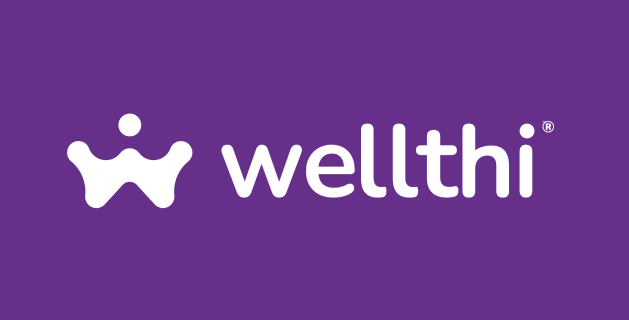Wellthi fam, buckle up. We’re about to dive into the surprisingly complex world of tipping – think of it as the sociology course you didn’t know you needed.
Picture this: you’re at your local coffee shop, grabbing a quick to-go latte on your way to work. As you pay via your phone, a prompt pops up on the screen asking if you want to leave a tip. The suggested amounts range from 15% to 35%. A touch awkward, right? Like being asked on a first date if you see wedding bells in the future.
This is the new normal, friends. In our increasingly cashless society, we’re being nudged to tip more, and for a wider range of services than ever before. From your rideshare driver to your pizza delivery guy, everyone has their digital tip jar out.
Did you know? By creating goals and sharing them in public with your friends and family, you’ll increase your chances of success! You can download the Wellthi app here, and act by July 3, you could win $10,000 for just posting your financial goal in the app!
Yet, a recent Bankrate report has shown that fewer consumers are always tipping now, compared to last year. So, what gives? The answer, in part, is inflation and economic uncertainty. In a nutshell, we’re feeling the squeeze and are starting to resent the constant tipping prompts.
The pressure to tip has ramped up significantly over the last year, with two-thirds of Americans having a negative view about tipping, especially when it comes to digital and contactless payment prompts.
Interestingly, while tipping at full-service restaurants is holding steady (yep, that 20% gratuity for your favorite waiter is still the norm), tips at quick-service restaurants have fallen to a five-year low of 16.7% in 2023.
During Covid, it felt natural to be extra generous. But maybe that set a standard what wasn’t really sustainable. It’s like committing to a juice cleanse after one too many holiday cookies – good in theory, but not so fun in practice.
The twist in our tipping tale? Some workers in the service industry, earning minimum or less than minimum wage, do rely on those tips for their income. In these cases, the ability to leave a tip via digital transactions is vital.
But where workers don’t depend on gratuity for their income, we, as consumers, should use our judgment. Essentially, it’s about thinking whether that person improved your experience.
So, it seems like it’s time to rewrite the rules of the tipping game. Think of it as a complex dance – one where we need to balance generosity with financial sensibility.
Got an opinion on tipping in our cashless society? We’d love to hear your thoughts. Until then, keep your financial cool, Wellthi fam.
You can download the Wellthi app here, and act by July 3, you could win $10,000 for just posting your financial goal in the app!
Go deeper
The Evolution of Tipping in America: This article from Time examines how tipping became such a standard part of American culture. Link
The Impact of Inflation on Consumer Behavior: An article from Yale Insights that delves into how inflation impacts the way consumers spend their money, including how much they tip. Link
Bankrate Report on Tipping Trends: Access the original Bankrate report that documents the shift in American tipping habits. Link
The Ethics of Digital Tipping: A thought-provoking piece from Wisconsin Public Radio on the growing pressure to tip digitally and the ethical questions this raises. Link
Wellthi reels in significant investment to reshape social finance and mobile banking: Learn more about Wellthi and our mission to empower everyone to meet their financial goals. Link
Hashtags
#TippingCulture #InflationImpact #DigitalTipping #ConsumerBehavior #ServiceIndustry #CashlessSociety #FinancialWellbeing #WellthiFam





